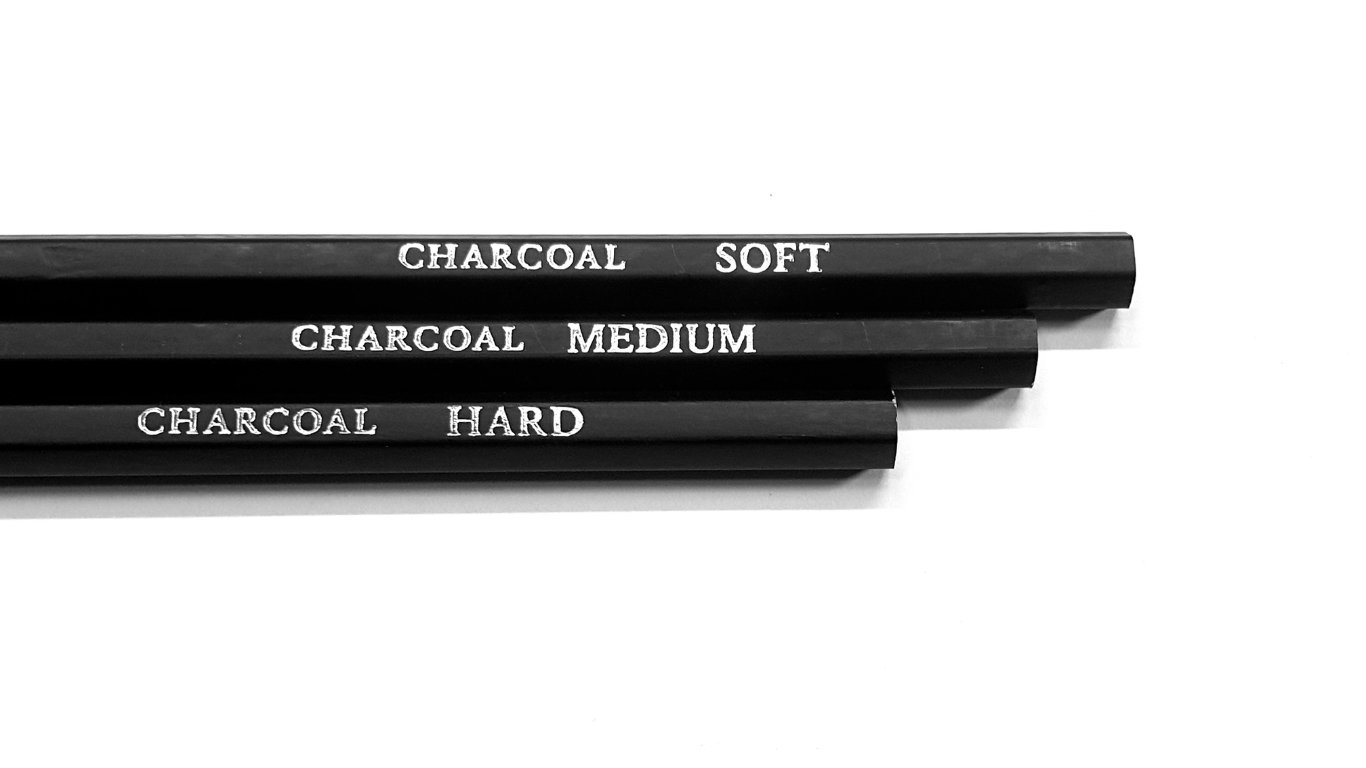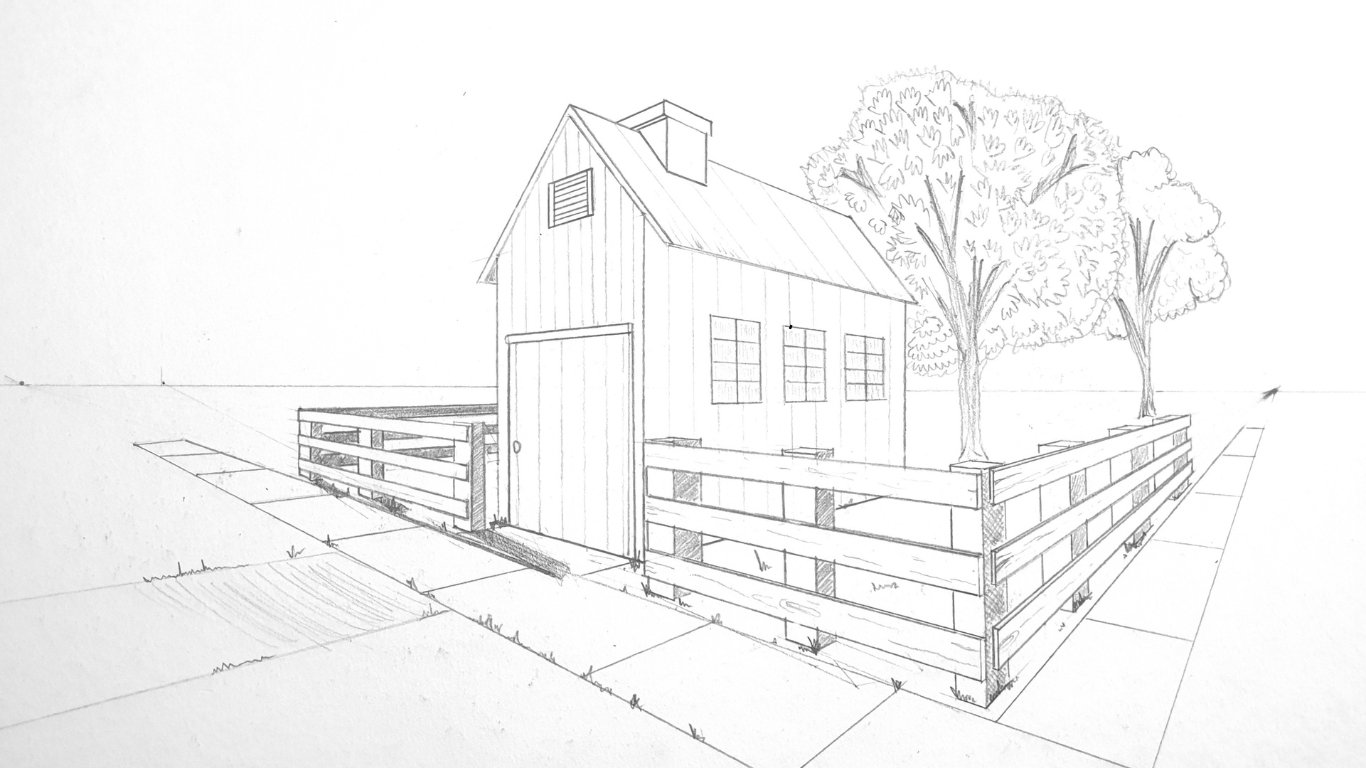6 Types of Erasers Used for Drawing

From AI integration to cross-platform fluency—discover the must-have technical and soft skills for today’s most in-demand dev roles.

by Abhishek
When I started my art journey even, I was shocked to know there were these many types of erasers.
Different types of erasers serve different types of purposes. Erasers are more than just correction tools in an artist’s toolkit-they’re essential for shaping, refining, and enhancing your drawing.
Here’s a breakdown of the most commonly used erasers by artists and when to use them in your drawings.
Rubber Erasers
Details: This is the classic erasers used in schools and offices. It works well with general-purpose erasing and is effective at removing stubborn graphite marks. It provides better precision while still being gentle on the paper.
- Texture: Firm
- Best for: Standard pencil marks
- Crumbs: Leaves some debris

Vinyl Erasers
Details: Vinyl erasers are the multitasker. They’re capable of erasing even dark heavy marks, and some can even remove ink. However, their rigid texture can easily damage delicate or thin paper if too much pressure is applied. Use Vinyl erasers for heavy duty job, like erasing thick graphite marks.
- Texture: Hard, rigid
- Best for: Heavy-duty erasing, ink removal
- Crumbs: Leaves larger, stickier crumbs that are easy to clean up
- Strength: Very strong erasing power

Kneaded Erasers
Details: A kneaded eraser is one of the most flexible erasers you can have. Its mouldable texture allows it to be shaped into fine point, perfect for erasing small details or creating highlights in your drawing. Unlike other erasers, it doesn’t leave any crumbs. You can “knead” it to refresh its surface as it absorbs graphite, making it a reusable tool. It’s excellent for lifting graphite gently without disturbing the paper texture.
- Texture: Soft, mouldable
- Best for: Fine details, Highlights
- Crumbs: Leave no residue or crumbs
- Strength: Ideal for precision

Gum Erasers
Details: Gum erasers are soft and easy on paper. They’re not great for fine detail work due to their softness but are excellent for erasing broad section of your drawing without harming the surface.
- Texture: Soft, gummy, crumbles easily
- Best for: Gentle removal on a variety of paper types
- Crumbs: Leaves behind plenty of debris
- Strength: Good for large area
(Don’t chew them they don’t taste like bubble gum, I tried!)
Pencil Erasers
Details: Pencil shape casing is used around a cylindrical eraser; this eraser can be either vinyl or rubber. It comes in many different thicknesses. They can be sharpened as a pencil, making them perfect for erasing tiny, precise areas. However, the firm tip can be rough on paper, so use it with care. It’s great for artists who need pinpoint accuracy but shouldn’t be used for large or delicate areas.
- Texture: Firm, can be sharpened like pencil
- Best for: Fine, Detailed erasing
- Crumbs: Minimal
- Strength: Extremely precise

Electric Erasers
(Ironman of erasers!)
Details: Electric erasers area step up from traditional manual erasers. With a motorized, rotating tip, they allow artists to erase with extreme precision and little pressure. They work exceptionally well with graphite, coloured pencils. However just like vinyl erasers, they can damage detailed paper if not used carefully. Electric erasers are often used by professional artists for creating highlights, refining edges, and erasing mistakes without fatiguing the hand.
- Texture: Replaceable rubber or vinyl eraser
- Best for: High Precision erasing with minimal effort
- Crumbs: Moderate, Depending on the erasing tip
- Strength: Excellent for detailed work, but can damage detailed paper

Key Tips for Using Erasers
Keep Your Erasers Clean: Regularly clean your erasers to maintain their effectiveness. Kneaded Erasers can be refreshed by folding them, while other erasers should be wiped or trimmed if they get dirty.
Final Thoughts – When to Use Each Erasers
- Gum Erasers: Ideal for gentle erasing over large area on sensitive paper.
- Rubber Erasers: Great for general use.
- Kneaded Erasers: Best for fine details, highlights and small area. Perfect for soft erasing.
- Vinyl Erasers: Best for removing heavy marks and creating clean edges but may harm delicate paper.
- Pencil Erasers: Excellent for precision work but can be harsh on paper-use for small corrections only.
- Electric Erasers: Perfect for high precision work with minimal effort, great for creating highlights and correcting fine details.


